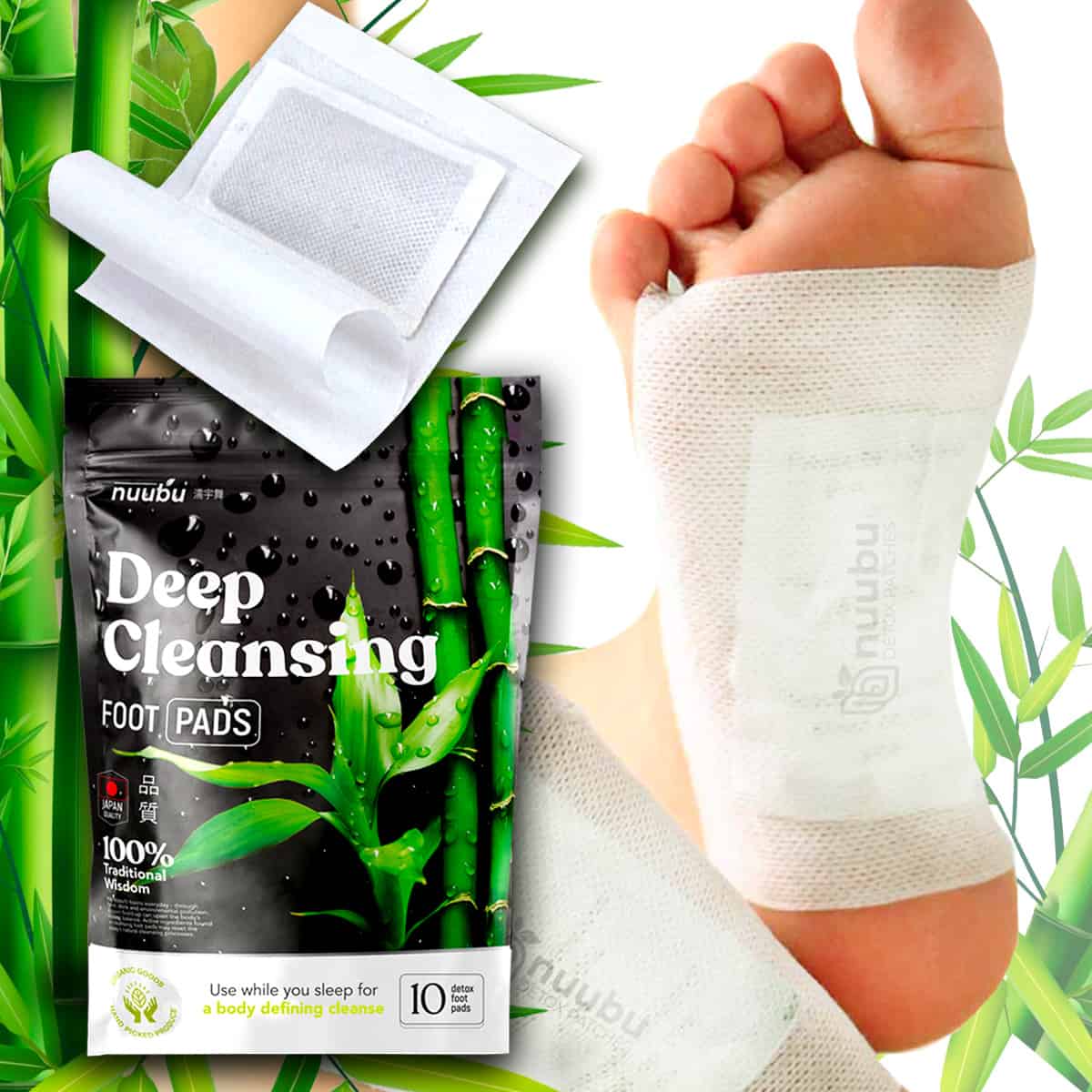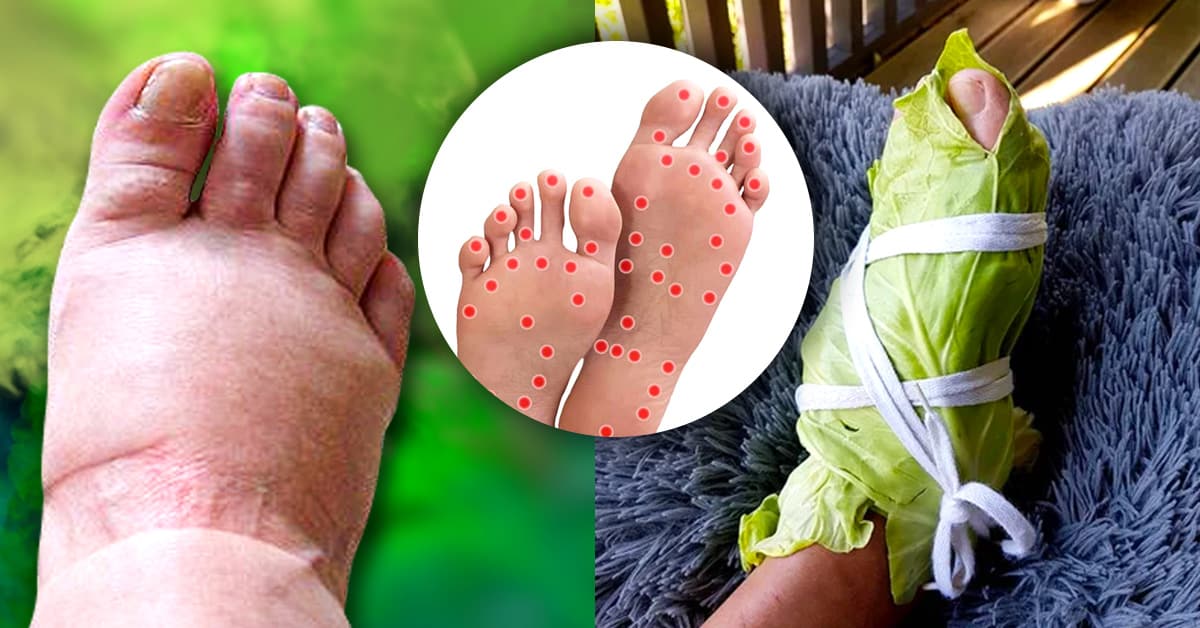Imagine stepping off a plane feeling like you’ve gained a gallon of water weight in your ankles. A scientific study revealed that nearly all (97%) long-distance travelers experience ankle swelling after the flight.
This uncomfortable condition, also known as edema, is caused by a buildup of fluid in the legs and feet since it might be challenging to move freely in the plane for several reasons.
But fear not. By following these 10 simple strategies, you can land with legs that feel light and ready to explore.
Table of Contents:
What Leads to Swollen Ankles During Air Flights?
Swollen ankles, a condition aptly named “edema”, often afflicts travelers after hours spent airborne. Sitting for long periods can lead to reduced blood circulation in the legs, increasing the risk of blood clots, particularly in the deep veins of the legs (deep vein thrombosis or DVT). It can also contribute to swelling in the feet, ankles, and lower legs due to fluid pooling in the lower extremities.

As you climb, cabin pressure drops, affecting your circulatory system. Your body compensates by holding onto fluids, contributing to post-flight puffiness. Also, airplane air is notoriously dry, sucking moisture from your body. This dehydration further disrupts fluid balance, making your ankles prime targets for swelling.
Next up, we’ll explore practical strategies to combat this discomfort and land with ankles light and ready to explore!
Immediate Care After Flying
Drinking plenty of water is essential to prevent dehydration and flush out excess fluid from your body. Avoid alcohol, caffeine, and salty foods, as they can worsen the swelling. Aim for at least eight glasses of water a day, and more if you are in a hot or dry climate.
To improve blood flow and reduce inflammation, you can do some simple ankle exercises. Try rotating your ankles in both directions, flexing and pointing your toes, and lifting your heels off the ground. You can also massage your ankles gently with your hands or a cold compress. Do these exercises several times a day, especially before and after sleeping.
As soon as you arrive at your destination, try to move around as much as possible. Walking, jogging, cycling, or swimming are all good ways to stimulate your muscles and lymphatic system, which help drain the fluid from your legs. Avoid sitting or standing for long periods, and elevate your legs whenever you can. If the swelling persists or is accompanied by pain, redness, or fever, consult a doctor immediately.
10 Tips To Prevent Swollen Feet While Flying
There are some simple steps you can take to prevent or reduce the problem of swollen feet while flying. Here are ten tips to keep your feet healthy and happy while flying:
1. Consider Detox Foot Patches

Detox foot patches are self-adhesive pouches that draw out toxins and impurities from your body through the soles of your feet. They are supposed to be worn overnight, and when removed in the morning, they show a darkened or discolored appearance, indicating the removal of harmful substances. But are detox foot pads legit? and are they beneficial for swollen ankles after flying?
The natural ingredients in the patches, such as ginger, green tea, or vinegar, have been used as medicinal herbs since ancient times. They have soothing, anti-inflammatory, or antioxidant properties that can improve blood circulation, reduce swelling, or relieve pain. Detox foot patches also offer a relaxing and aromatherapeutic experience.
If you want to try detox foot patches for your swollen ankles after flying, choose a reputable brand that uses natural and organic ingredients, such as Nuubu. Explore how does Nuubu detox work with its natural extracts to detoxify the body.
 Best Detox Pads
Best Detox Pads 

Easy to use, affordable foot patches. Provides a therapeutic experience. Reduces inflammation and fatigue. Packed with beneficial natural herbs
Check Price >>2. Choose Comfortable Footwear
One of the most important factors in preventing swollen ankles during flight is to choose comfortable footwear. You can get pain from wearing high heels, or tight, restrictive shoes, impairing your blood circulation and increasing the pressure on your feet. This can lead to pain, inflammation, and swelling of your ankles and legs.
To avoid this, opt for shoes that are supportive, breathable, and easy to slip on and off. Look for shoes that have a cushioned sole, a wide toe box, and an adjustable strap or lace. Avoid shoes that are too small, too big, or too narrow for your feet. You can also wear compression socks or stockings to improve your blood flow and reduce swelling.
3. Stay Hydrated
Among the consequences of dehydration, puffy ankles during travel would rank prominently. Dehydration can contribute to swelling by causing your body to retain fluid in an attempt to balance the electrolytes in your blood. This can result in edema, or excess fluid in the tissues, especially in the lower extremities such as the ankles.
To prevent dehydration and reduce swelling, you should drink plenty of water before, during, and after your flight. Avoid alcohol, caffeine, and salty foods, as they can dehydrate you and worsen the swelling. Aim for at least eight glasses of water a day, and more if you are in a hot or dry climate. You can also eat fruits and vegetables that have high water content, such as cucumbers, watermelon, or grapes.
4. Move Regularly
Moving regularly is important to improve circulation and prevent swelling in your ankles. Sitting or standing for long periods can cause blood to pool in your lower legs, resulting in stiff and tight ankles.
To avoid this, you should stretch and move your legs and feet every hour or so, or whenever you feel uncomfortable. You can do some simple exercises, such as rotating your ankles in both directions, flexing and pointing your toes, or lifting your heels off the ground.
During transit, you can walk around the cabin or the airport.
These activities can help stimulate your muscles and lymphatic system, which help drain the fluid from your legs. They can also reduce the risk of blood clots, which can be dangerous.
5. Avoid Crossing Legs
Crossing your legs can impede blood flow during flight by compressing the veins and arteries in your lower legs. This can reduce the oxygen and nutrients that reach your tissues, and increase the pressure and fluid in your veins. This can result in swelling, pain, and numbness in your ankles and feet.
You can keep your legs uncrossed and slightly apart or place your feet flat on the floor or a footrest. Also, try adjusting your seat height and angle to avoid bending your knees too much.
6. Compression Socks
Compression socks are socks that gently squeeze your legs to promote better blood flow and circulation. They can help prevent swelling, clots, and pain in your ankles and feet, especially after a sprain or a long flight. If you want to know more about how long will a sprained ankle stay swollen, you can read this article.
To choose and wear compression socks effectively, you should measure your calf circumference and ankle size to find the right fit and pressure level for you. Pick socks that are made of breathable and comfortable fabric, such as cotton, wool, or nylon.
You can wear them for several hours a day, but not overnight, unless your doctor advises otherwise. Wearing compression stockings when flying long distances lowers the chances of swelling and clots.
7. Elevate Your Feet
Elevating your feet can reduce swelling by helping the fluid drain from your lower legs and ankles. This can relieve the pressure and pain caused by the fluid accumulation.
Use a pillow, a blanket, or a carry-on bag to prop up your feet on the seat in front of you or on the armrest. You can also ask for an aisle seat or an exit row seat to have more legroom and space to elevate your feet.
8. Wear Loose Clothing
Wearing loose clothing can improve blood circulation and prevent swollen ankles in warm weather. Tight clothing can constrict the blood vessels and increase fluid retention in the lower legs.
To select travel-friendly, comfortable attire, you can choose fabrics that are light, breathable, and moisture-wicking, such as cotton, linen, or silk. Avoid synthetic fabrics that can trap heat and sweat, such as polyester, nylon, or spandex.
Wear layers that you can easily remove or add, depending on the temperature and humidity, and opt for clothes that are loose-fitting, but not too baggy, to allow airflow and movement.
9. Limit Salt Intake
Salt intake can affect water retention and swelling by increasing the amount of sodium in your blood. Sodium attracts water and causes your body to hold on to more fluid, especially in your lower legs and ankles.
Choose fresh or frozen foods over canned, processed, or preserved foods, which tend to have high sodium content. Avoid adding salt to your food, and use herbs, spices, lemon juice, or vinegar instead to enhance the flavor.
It is important to read the nutrition labels and look for foods that have less than 140 mg of sodium per serving, or 5% of the daily value. Drink plenty of water to flush out the excess sodium and fluid from your body.
10. Optimize Your Seating Position
Optimizing your seating position can improve your comfort and prevent swelling in your ankles during flight. Choosing the wrong seat or sitting improperly can restrict your blood flow and cause pressure on your legs.
Request a seat with more legroom, such as an aisle seat, an exit row seat, or a bulkhead seat. Adjust your seat height and angle to avoid bending your knees too much or too little. Using a pillow, a blanket, or a rolled-up jacket to support your lower back helps maintain a good posture. Also, change your sitting position frequently to avoid stiffness and numbness.
Immediate Steps To Take After Flight
After a long flight, your feet and ankles may feel swollen, stiff, or sore. This is due to the reduced air pressure, lack of movement, and fluid retention that can affect your circulation and lymphatic system.
To take care of your feet and ankles after flying, there are certain steps that we recommend you to follow. You can also incorporate these steps into your regular foot care routine at home to keep your feet look and feel good.

Hydration Boost
Staying hydrated is crucial for rehydrating your body and reducing excess fluid buildup in your lower legs. Water also helps maintain electrolyte balance and prevents dehydration. Limit consumption of caffeine and alcohol, as they can dehydrate you and exacerbate swelling. Aim for at least eight glasses of water daily, increasing intake in hot or dry climates.
Gentle Stretching
Stretching your legs and feet can help ease the muscle tension and improve the blood flow and oxygen delivery to your tissues. You can do some simple stretching exercises, such as:
- Sit on a chair and extend your legs in front of you. Point and flex your toes 10 times, then rotate your ankles in both directions 10 times.
- Stand up and place your hands on a wall or a stable surface. Step back with one leg and keep it straight. Bend your front knee and lean forward until you feel a stretch in your calf. Hold for 15 seconds, then switch legs. Repeat 3 times on each side.
- Sit on the floor and cross one leg over the other. Place your opposite hand on your crossed knee and gently press it down. Twist your upper body in the opposite direction and look over your shoulder. Hold for 15 seconds, then switch sides. Repeat 3 times on each side.
Focus on the calves, ankles, and feet, as they are the most affected by the flight
Walking
Walking is one of the best ways to stimulate your muscles and lymphatic system, which help drain the fluid from your legs and ankles. Walking also reduces the risk of blood clots, which can be dangerous. As soon as you arrive at your destination, try to walk around as much as possible. You can:
- Walk around the airport while waiting for your luggage or transportation.
- Walk to your hotel or accommodation, if it is nearby and safe.
- Walk around your neighborhood or explore the local attractions.
Foot Elevation
Raising your feet can alleviate swelling and pressure in your lower legs and ankles, offering relief from discomfort caused by fluid buildup. To ease swelling and pressure in your legs and ankles during the flight, use a pillow, blanket, or carry-on bag to prop up your feet on the seat in front of you or the armrest.
You can utilize a footrest, stool, or chair to elevate your feet above heart level when sitting or lying down. It is advised to elevate your feet for at least 15 minutes every hour, or more frequently if necessary.
When to Consult with a Healthcare Professional
Swelling in your feet and ankles after flying is usually not a serious problem, and it should go away within a few days. However, there are some indicators that post-flight swelling may be a concern, such as:
- The swelling is severe, painful, or affects other parts of your body.
- The swelling does not improve after following the preventive measures and immediate care steps.
- The swelling is accompanied by other symptoms, such as fever, redness, warmth, or tenderness in your legs, chest pain, shortness of breath, or coughing up blood.
These could be signs of a more serious condition, such as a blood clot, an infection, or a heart problem. If you experience any of these indicators, you should consult with a healthcare professional as soon as possible. They can diagnose the cause of your swelling and prescribe the appropriate treatment.
To prevent or reduce post-flight swelling, you should follow these preventive measures and immediate care steps:
- Drink plenty of water and avoid alcohol, caffeine, and salty foods.
- Wear comfortable shoes and socks and avoid crossing your legs.
- Stretch your legs and feet and do some ankle exercises every hour or so.
- Walk around the cabin or the airport whenever possible.
- Elevate your feet and use a cold compress or a massage to relieve the swelling.
- Wear compression socks or stockings to improve your circulation.
- Choose a seat with more legroom and adjust your seat and posture.
- Wear loose clothing and choose fabrics that are breathable and moisture-wicking.
By following these steps, you can take care of your feet and ankles after flying and enjoy your travel experience.
